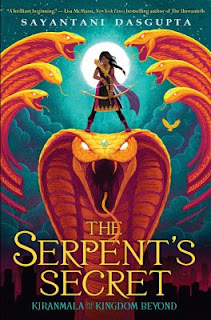 Starr Carter lives in the slums of large city, but attends an upscale private school where she and her brothers are the only black students. One night she is in a car when one of her black friends, Khalil, is unjustly shot by a white police officer. Starr gives her testimony to the police detectives, but that is not the end of her story. Activists seize on Khalil's death as an opportunity to spotlight racial profiling and protests break out across the country. Only Starr's family knows that she was the secret witness to the crime, and Starr is torn between her desire to live a normal life, and a growing sense that in order for Khalil to receive justice, she will have to abandon here safe anonymity and speak out.
Starr Carter lives in the slums of large city, but attends an upscale private school where she and her brothers are the only black students. One night she is in a car when one of her black friends, Khalil, is unjustly shot by a white police officer. Starr gives her testimony to the police detectives, but that is not the end of her story. Activists seize on Khalil's death as an opportunity to spotlight racial profiling and protests break out across the country. Only Starr's family knows that she was the secret witness to the crime, and Starr is torn between her desire to live a normal life, and a growing sense that in order for Khalil to receive justice, she will have to abandon here safe anonymity and speak out.I read this book for two reasons. It received starred reviews in every major review journal the year it came out, and it was the most often banned book the year it came out (and it was national Banned Book week.) It is no surprise that it was frequently banned. The density of swear words is approaching 20 or 30 %. There is also a scene where, in the midst of her grief, Star attempts to go "all the way" with her white boyfriend, reaching her hand into his pants. It was a bit difficult for me to read because I am not used to that gritty of content.
I am glad I persisted. As I tried to plow through the profanity, I kept telling myself that to understand someone you need to "walk a mile in their shoes". That is what reading the book does, it allows you not only to see but to feel a little of what it is like to have grown up as a racial minority in an underprivileged community. It feels thoroughly authentic, and the author shows that with all the faults, there is also something of value in the "slums" because people, despite their troubles, grow close and make great sacrifices to try to support each other. (2017, 444 p.)






